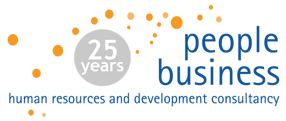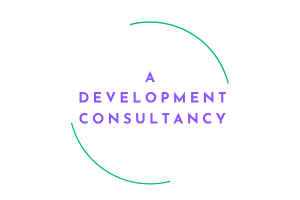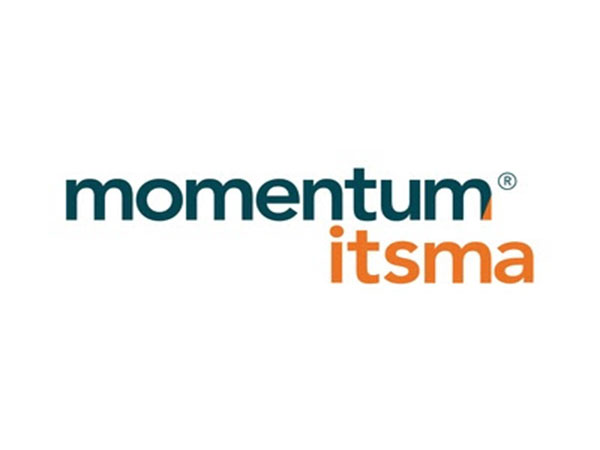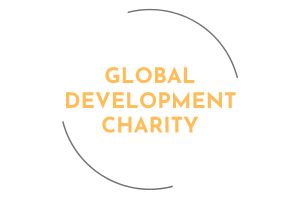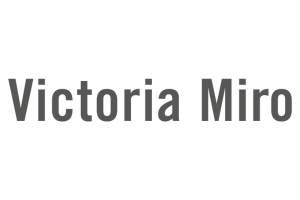HR and AI. Is this the start of a beautiful relationship?
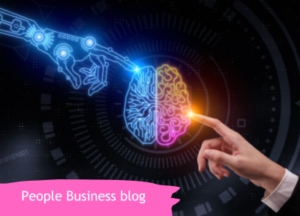 Recently, Gartner published its Top Five Priorities for HR Leaders in 2024 informed by a survey they carried out in July 2023. One of those priorities was HR technology and AI. It has jumped to third place after ranking only sixth in 2022. So, what has changed and why has HR technology grown in importance?
Recently, Gartner published its Top Five Priorities for HR Leaders in 2024 informed by a survey they carried out in July 2023. One of those priorities was HR technology and AI. It has jumped to third place after ranking only sixth in 2022. So, what has changed and why has HR technology grown in importance?
Could it be partly down to AI?
AI or artificial intelligence is written about extensively, and there are few areas of daily life where it’s not being used, or where it won’t soon be adopted in some form or other. HR is no exception. There are many benefits to AI, but the scope is so vast that it can be overwhelming to anyone that doesn’t live and breathe technology.
Some interesting statistics that were highlighted in the Gartner report include:
- 76% of HR leaders agree they will be lagging in organisational success if they don’t adopt and implement generative AI in the next 12 to 24 months.
- 60% of HR leaders are uncertain about the impact of evolving technology trends, such as generative AI, on HR and talent.
- 68% of executives agree benefits of AI outweigh the risks. But only 22% of HR leaders are highly engaged in enterprise-wide discussions on GenAI.
What areas are HR Leaders looking to improve with AI?
In 2024 HR technology, and specifically AI, will come more to the fore and will not only assist with transactional tasks, but will also influence strategic HR initiatives to enhance the working environment for all.
Many aspects of HR and Talent will benefit from improved analysis on the status quo and predictive patterns with which AI can assist, but it’s understanding which areas to prioritise that can be tricky. In their use-case prism Gartner lists such areas as voice of the employee as offering high business value and high feasibility. Then they list areas such as skills management, learning personalisation, recruitment marketing, candidate assessment and virtual assistants among others as medium to high on the same scales.
Approach AI with informed caution
Clearly every organisation is different with different people priorities, and it will take time to assess where the biggest AI impact will fall. It is, however, important to manage any shortcomings AI may have. Although a very powerful tool and ally in the HR space, it’s important to look on AI as a co-pilot – don’t lose the ‘human’ element. Responsible co-piloting mitigates risks and optimises the benefits of AI.
So, what of the consumer-style AI tools being used in the workplace?
The most well-known of the AI chatbots is ChatGPT from OpenAI, but the tech giants of Microsoft, Google and X are all in the AI chatbot race and are either developing or have developed rival products already. When ChatGPT was launched in November 2022 it went from zero to 100 million users in 60 days – who can blame these tech giants for wanting to get in on the action!
ChatGPT in the workplace – a best practice guide
ChatGPT is a powerful tool that can enhance productivity and communication in the workplace. However, to maximise its benefits and ensure a positive impact, it’s essential to follow best practices. Below are some recommendations on how to effectively integrate ChatGPT into your workplace processes whilst ensuring safeguarding processes to mitigate against associated risks such as GDPR and data protection compliance, content bias and IP rights.
- Define the scope
Clearly identify the purpose of using ChatGPT. Whether it’s drafting emails, generating content, or brainstorming ideas, defining the scope will help people understand when and how to leverage ChatGPT appropriately.
- Set clear guidelines
Establish guidelines for ChatGPT usage to ensure consistency and compliance with company policies. These guidelines should cover acceptable content, tone, and potential limitations. Communicate these guidelines to all workers.
- Encourage collaboration
Use ChatGPT as a collaboration tool to facilitate teamwork. Encourage team members to use the tool for brainstorming sessions, idea generation, and collaborative writing projects. Foster an environment where ChatGPT is viewed as a supportive tool rather than a replacement for human input.
- Monitor and moderate
Keep an eye on the conversations between ChatGPT and workers to ensure that it provides accurate and appropriate responses and aligns with your company’s standards. Implement a moderation system to flag any potential issues or biases in the AI-generated content.
- Address fairness and bias
Be mindful of potential biases in the language generated by ChatGPT. Regularly assess and address biases to ensure that the tool produces fair and inclusive content.
- Avoid over-reliance
While ChatGPT can be a powerful tool, it’s important not to overly rely on it. People should be encouraged to use critical thinking and cross-verify information to avoid potential errors.
- Remember GDPR
Protect user privacy by implementing appropriate security measures. Ensure that sensitive information is not shared in conversations with ChatGPT or stored beyond what is necessary.
- Regularly fact-check and verify information
While ChatGPT can provide helpful insights and recommendations, it’s crucial to independently fact-check and verify any critical information or advice it offers. Use reliable sources, cross-reference information, and exercise critical thinking to validate the accuracy and reliability of the responses from ChatGPT.
- Legal and compliance considerations
Stay informed about legal and compliance considerations related to the use of language models like ChatGPT. Ensure that your company complies with relevant laws and regulations governing data privacy, intellectual property, and ethical AI use.
By following these best practices, your company can harness the power of ChatGPT while mitigating potential risks and ensuring a positive impact on productivity and collaboration in the workplace.
